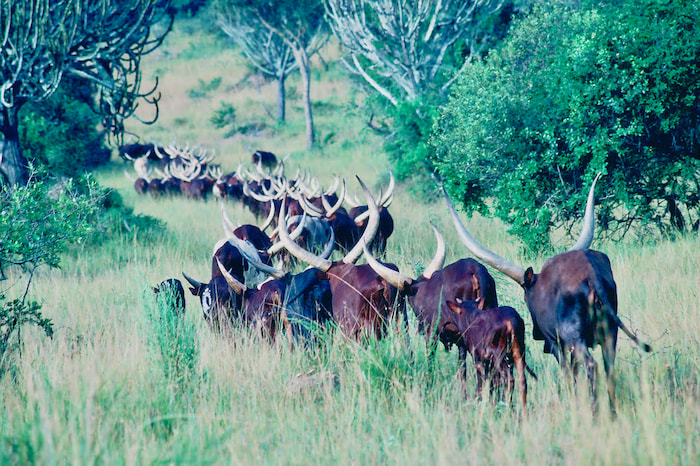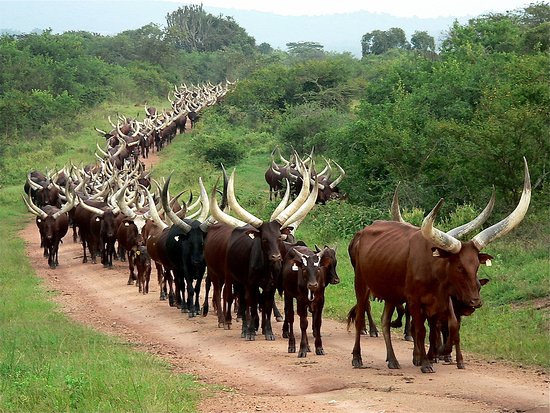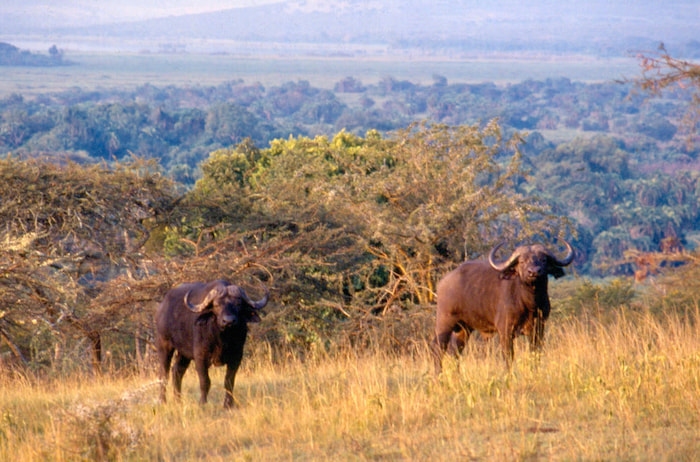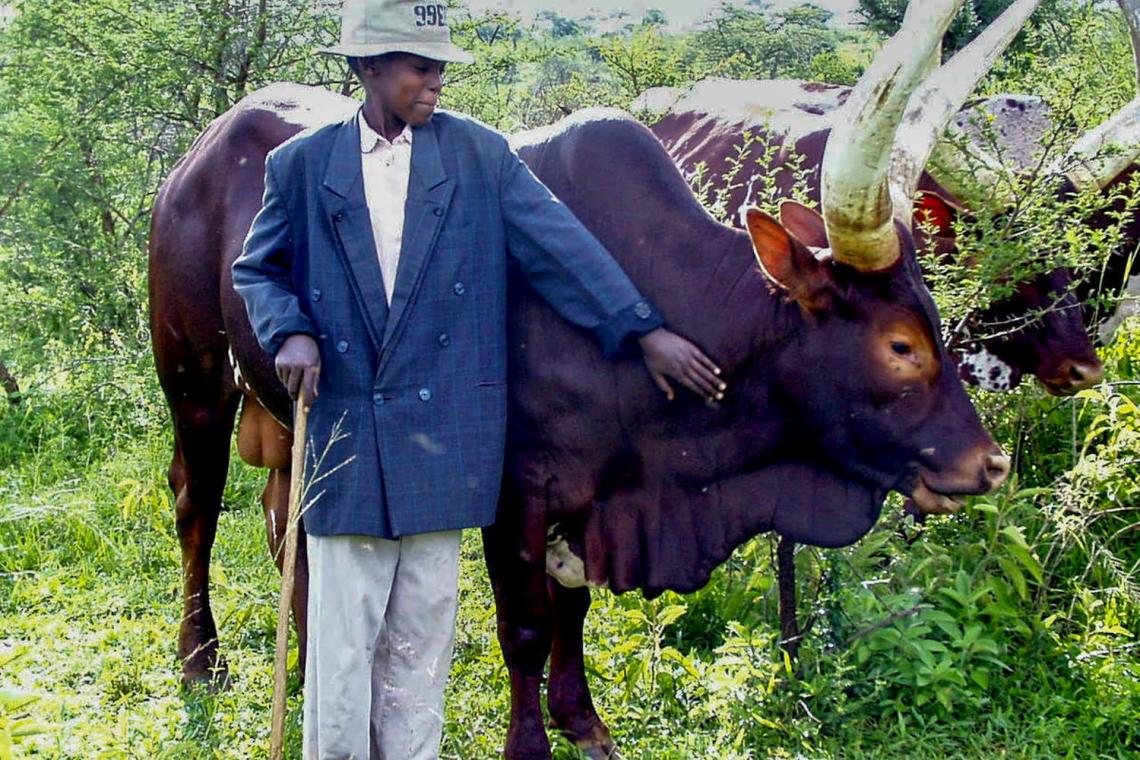Modern conservation is failing. Though the need for systemic change to realign the relationship between humanity and the planet is beyond the focus of conservation organisations, protected areas have a key role to play. But they are going in the wrong direction. “Beautiful Lands, Beautiful Beasts” describes the history of a protected area in Uganda to provide a critique of conservation in which I suggest that the focus on science and economics to explain the need for protected areas fails to engage the communities that live in and around them. Cultural relationships between people, place and nature, if recognised and validated, will create stronger partnerships for conservation and protected areas.
Key Lessons
- Culture in Conservation: Successful conservation must integrate local cultural values, not just scientific and economic factors.
- Bahima's Land Connection: The Bahima community’s identity is intertwined with Lake Mburo and their Ankole cattle.
- Conflict Rooted in Meaning: Land disputes arose from cultural significance, not merely resource access.
- Inclusive Management: Recognizing cultural landscapes can build alliances and resolve conservation conflicts.
- Broadening Conservation Support: Culturally inclusive strategies foster stronger community partnerships and sustainable protection.
Read the book Beautiful Beasts, Beautiful Lands: The Fall and Rise of an African National Park.
Lake Mburo lies at the heart of a small national park in Uganda. Established in 1983 it conserves an area of rolling hills, open valleys, lakes and swamps. The park, with its abundant plains game, is a favoured stop-over for tourists following a well-trodden route to the western Rift Valley to track mountain gorillas and follow chimpanzees.
Bahima pastoralists who live around the park call their homeland ‘the Beautiful Land’. In years past, the Omugabe, the King of Nkore, grazed herds of cattle, famed for their beauty, in the area now covered by the park. The area was reserved for these precious assets of the kingdom. The open valleys were famous for their rich grazing and salt soils, and the wetlands provided year-round water and protection from neighbouring tribes intent on raiding cattle.

Though Bahima couldn’t freely graze the king’s reserve, the area is associated with the halcyon days when the king’s court was a byword for refinement, and his herds, the nation’s herds, were the most beautiful in the world. In this remembered vision, the land and the cows connect the people to their place, their mythical ancestors that bequeathed them their cows, and the pursuit of bovine beauty, which lies at the core of their identity. The land and the cows cannot be separated.
I learned this story over the years I spent helping protect Lake Mburo National Park. In time, it led me to a fundamental reconsideration of the practices and values of modern conservation. My book was written as a response to this and my growing belief that efforts to build partnerships with communities living in and around the protected areas we created and then tried to protect were ill-founded.

Access to the area was first limited by conservation authorities in the early 1960s and ended with the creation of the national park, sparking a conflict that led to the loss of two-thirds of the park and almost destroyed it. Both sides described the conflict as a competition over the use of the land’s resources. It was actually a fight over the meaning of the land.
Bahima’s identity and status depend on the sacrifices needed to own Enyemebwa, literally “beautiful cows. To be recognised as Enyemebwa, ankole cattle must be long-legged, deep red-brown in colour, and carry long, graceful white horns. They have been breeding these splendid animals for centuries in memory of their ancestors, adhering to an exclusive pastoralist ethic. By shunning farming and cultivated foods, they maintained an exclusive pastoral landscape free of fences and fields. Removing their beautiful cows from the land destroys its meaning and significance.

In the 1990s, the park managers began to reach out to their neighbours, including the Bahima, to interest them in the park. Education programmes were designed. Initiatives to share park revenues and resources were put in place. Dams were constructed outside the park, and access during periods of drought was agreed upon. Despite these efforts the Bahima remained negative towards the park and continued to push their herds into the park. Despite the official desire to build bridges, the ankole cows were excluded as vigorously as ever.
The motivation to drive cows into the park stems from the values embodied by the cows and their place in the land. The motivation of conservation officials to keep them out is less clear. Justifications for a ‘cow-free park’ are expressed in scientific or economic terms, but examination shows these arguments to be unfounded. The demands for a ‘cow-free park’ turn out to be as cultural in nature as the position of the Bahima. The concept of wilderness untouched by humans is a myth, a particular obsession of western culture.

Conflicts over protected areas should not be understood in terms of financial costs and benefits alone. The right to determine the meaning of a landscape is also important. If determining the meaning of a landscape as well as its resources are shared, the conservation endeavour can imbue an area with new and ancient values and thus new interests, new constituencies and new partnerships.
At Lake Mburo National Park, the idea of seeking cultural bridges between the park and the Bahima led to the park becoming a partner in the conservation of the Long Horned Ankole Cow, itself a threatened breed, and its ancient values. Understanding the park as a cultural entity rather than a purely scientific or economic entity allows it to be managed to reflect multiple values. Thinking in cultural terms can help resolve many of the conflicts that beset modern conservation, and respecting different values can open conservation to new supporters and partners.
Mark Infield grew up on the edge of Ashdown Forest in southeast England and, after 40 years, has returned. It was this rare lowland heath and its wildlife that gave Mark his love of nature, leading him to study zoology. However, his experiences working in Africa and Uganda especially led him to focus his attention on the relationships between protected areas and local communities and absorb elements of sociology and anthropology into his work and research. Mark spent 35 years investigating and advising on protected area management in Africa, Asia and Europe and currently works for the Conservators of Ashdown Forest and is delighted to be helping to conserve his own back yard.


